JUNG BTS01 Bedienungsanleitung
Lies die bedienungsanleitung für JUNG BTS01 (3 Seiten) kostenlos online; sie gehört zur Kategorie Sensor. Dieses Handbuch wurde von 3 Personen als hilfreich bewertet und erhielt im Schnitt 4.4 Sterne aus 2 Bewertungen. Hast du eine Frage zu JUNG BTS01 oder möchtest du andere Nutzer dieses Produkts befragen? Stelle eine Frage
Seite 1/3
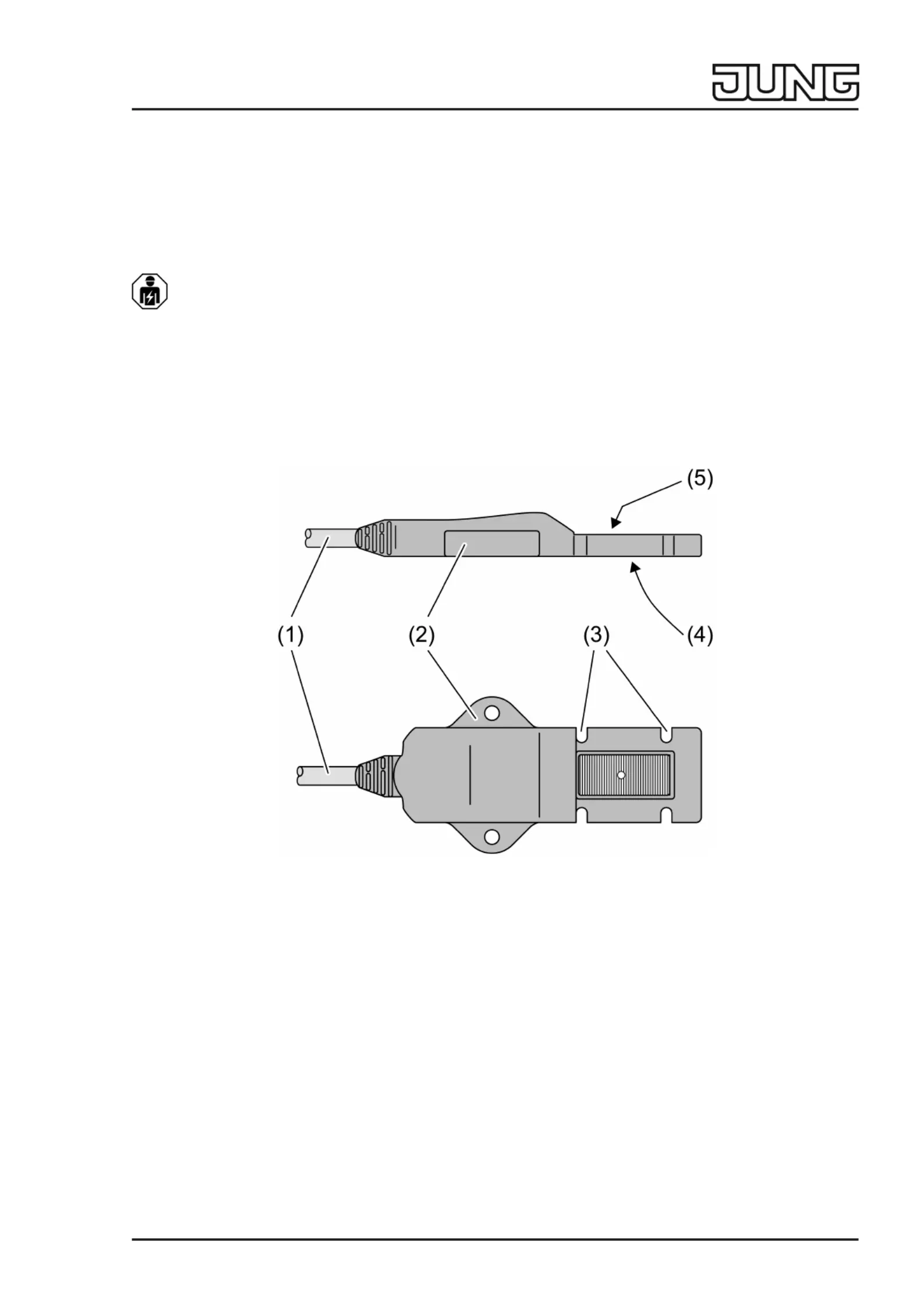
Condensation sensor
Condensation sensor
Condensation sensor
Condensation sensor
Condensation sensorCondensation sensor
Art. no.: BTS01
Operating instructions
Operating instructions
Operating instructions
Operating instructionsOperating instructions
1
1
1
11 Safety instructions
Safety instructions
Safety instructions
Safety instructionsSafety instructions
Electrical devices may only be mounted and connected by electrically skilled persons.
Electrical devices may only be mounted and connected by electrically skilled persons.
Electrical devices may only be mounted and connected by electrically skilled persons.
Electrical devices may only be mounted and connected by electrically skilled persons.Electrical devices may only be mounted and connected by electrically skilled persons.
Serious injuries, fire or property damage possible. Please read and follow manual fully.
Serious injuries, fire or property damage possible. Please read and follow manual fully.
Serious injuries, fire or property damage possible. Please read and follow manual fully.
Serious injuries, fire or property damage possible. Please read and follow manual fully.Serious injuries, fire or property damage possible. Please read and follow manual fully.
Danger of electric shock. During installation and cable routing, comply with the regulations and
Danger of electric shock. During installation and cable routing, comply with the regulations and
Danger of electric shock. During installation and cable routing, comply with the regulations and
Danger of electric shock. During installation and cable routing, comply with the regulations andDanger of electric shock. During installation and cable routing, comply with the regulations and
standards which apply for SELV circuits.
standards which apply for SELV circuits.
standards which apply for SELV circuits.
standards which apply for SELV circuits.standards which apply for SELV circuits.
These instructions are an integral part of the product, and must remain with the end customer.
These instructions are an integral part of the product, and must remain with the end customer.
These instructions are an integral part of the product, and must remain with the end customer.
These instructions are an integral part of the product, and must remain with the end customer.These instructions are an integral part of the product, and must remain with the end customer.
2
2
2
22 Device components
Device components
Device components
Device componentsDevice components
Figure1:
(1) Connecting cable
(2) Fixing strap
(3) Recession for fitting on ductwork with cable ties
(4) Recession for a thermally conducting pad
(5) Sensor surface
3
3
3
33 Function
Function
Function
FunctionFunction
Intended use
Intended use
Intended use
Intended useIntended use
– Detection of water condensation on coolant lines in residential or functional buildings
– Connection to suitable binary inputs
– Fitting on the coolant line
Condensation sensor function
Condensation sensor function
Condensation sensor function
Condensation sensor functionCondensation sensor function
The device monitors the electrical conductivity between the conductive coatings on the sensor
surface. If it is dampened with water, the device detects the change and signals it.
1 / 3
82595933 20.09.2021
j0082595933

Condensation sensor
The sensor surface can be damaged if it comes into contact with aggressive media (e.g.
detergent solutions, scrubbing brines or acidic condensation from condensing boilers).
Check the sensor area (3) every alarm. In case of significant damage from corrosion re-
place the device.
Cleaning instructions
Cleaning instructions
Cleaning instructions
Cleaning instructionsCleaning instructions
Contaminations on the outer surface of the sensor can affect sensor function.
Contaminations that have become wet can retain moisture, so reports can exist for a long time,
as long as the condensation persists.
4
4
4
44 Information for electrically skilled persons
Information for electrically skilled persons
Information for electrically skilled persons
Information for electrically skilled personsInformation for electrically skilled persons
4.1
4.1
4.1
4.14.1 Fitting and electrical connection
Fitting and electrical connection
Fitting and electrical connection
Fitting and electrical connectionFitting and electrical connection
Selecting installation location
Selecting installation location
Selecting installation location
Selecting installation locationSelecting installation location
The installation location should be the position that is most likely to have condensation. That
can be the coldest spot within a pipeline circuit.
For proper function, the sensor surface (5) must be ventilated so that condensation can form on
it.
When fitted in the vicinity of mixer valves, place the device on the colder inflow.
Fitting the condensation sensor
Fitting the condensation sensor
Fitting the condensation sensor
Fitting the condensation sensorFitting the condensation sensor
Figure2: Fitting to a pipe with cable ties
(6) Pipe
(7) Cable tie
(8) Thermally conducting pad
■ Clean the outer surface of the pipe. Remove any existing remaining paint.
■ Remove the protective film from the enclosed thermally conducting pad.
■ Put the self-sticking thermally conducting pad (8) in the recession for the thermally con-
ducting pad (4) and slightly press on.
The thermally conducting pad adheres to the recession on the bottom side of the device.
■ Place the bottom side of the device directly on the pipe that is to be monitored.
■ Fit the device to the pipe with the accompanying cable ties (7).
■ Lock the connection cable into position.
Connecting the condensation sensor
Connecting the condensation sensor
Connecting the condensation sensor
Connecting the condensation sensorConnecting the condensation sensor
The device is connected to an evaluation unit and supplied by it.
2 / 3
82595933 20.09.2021
j0082595933

Condensation sensor
Figure3
■ Connect the device to an evaluation unit (9) that supplies and monitors the device.
■ Observe the polarity:
White =
+
+
+
+ +
Brown =
– / COM
– / COM
– / COM
– / COM – / COM
4.2
4.2
4.2
4.24.2 Commissioning
Commissioning
Commissioning
CommissioningCommissioning
Debounce time of the evaluation unit to be set:
The ideal debounce time for this sensor is 138 ms. If this debounce time cannot be set, the
maximum possible debounce time should be set.
If the dew point/leakage sensor is parameterised in the evaluation unit under “Functionality of
the inputs”, the debounce time is set automatically.
5
5
5
55 Technical data
Technical data
Technical data
Technical dataTechnical data
Rated voltage DC 3.3 ... 5 V SELV
Current consumption typ. 0.5 mA
Short-circuit current max. 100 mA
Protectionclass III
Ambient temperature 0 ... +50 °C
Storage/transport temperature -40 ... +100 °C
Connecting cable 2 m
Degree of protection IP 67
6
6
6
66 Warranty
Warranty
Warranty
WarrantyWarranty
The warranty is provided in accordance with statutory requirements via the specialist trade.
ALBRECHT JUNG GMBH & CO. KG
ALBRECHT JUNG GMBH & CO. KG
ALBRECHT JUNG GMBH & CO. KG
ALBRECHT JUNG GMBH & CO. KGALBRECHT JUNG GMBH & CO. KG
Volmestraße 1
58579 Schalksmühle
GERMANY
Telefon: +49 2355 806-0
Telefax: +49 2355 806-204
kundencenter@jung.de
www.jung.de
3 / 3
82595933 20.09.2021
j0082595933
Produktspezifikationen
| Marke: | JUNG |
| Kategorie: | Sensor |
| Modell: | BTS01 |
Brauchst du Hilfe?
Wenn Sie Hilfe mit JUNG BTS01 benötigen, stellen Sie unten eine Frage und andere Benutzer werden Ihnen antworten
Bedienungsanleitung Sensor JUNG
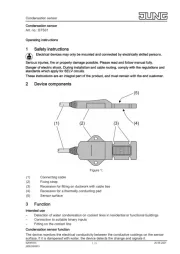
25 Juli 2025
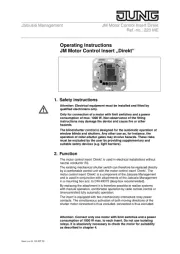
14 Juli 2025
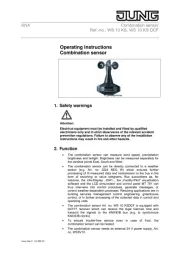
11 Juli 2025
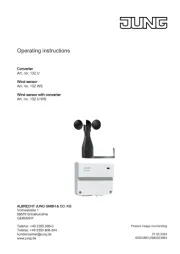
11 Juli 2025
Bedienungsanleitung Sensor
Neueste Bedienungsanleitung für -Kategorien-
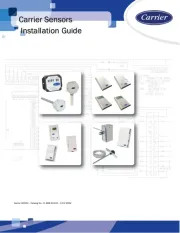
20 Juli 2025
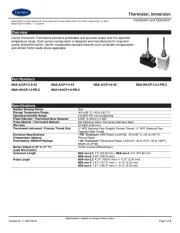
19 Juli 2025
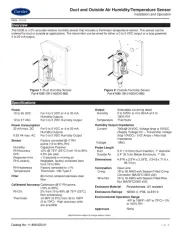
19 Juli 2025
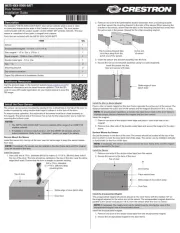
17 Juli 2025
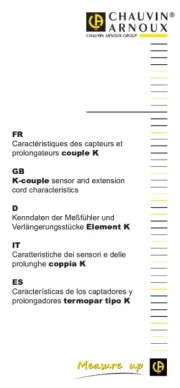
10 Juli 2025
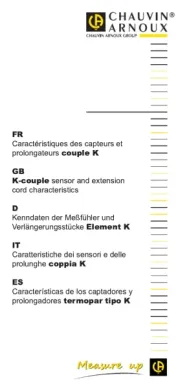
10 Juli 2025
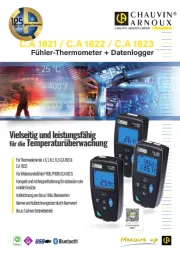
10 Juli 2025
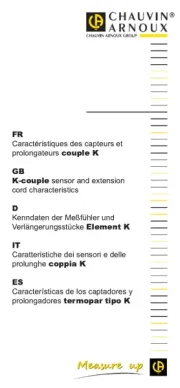
10 Juli 2025
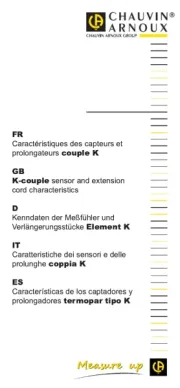
10 Juli 2025
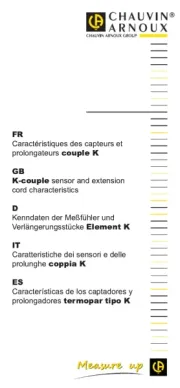
9 Juli 2025